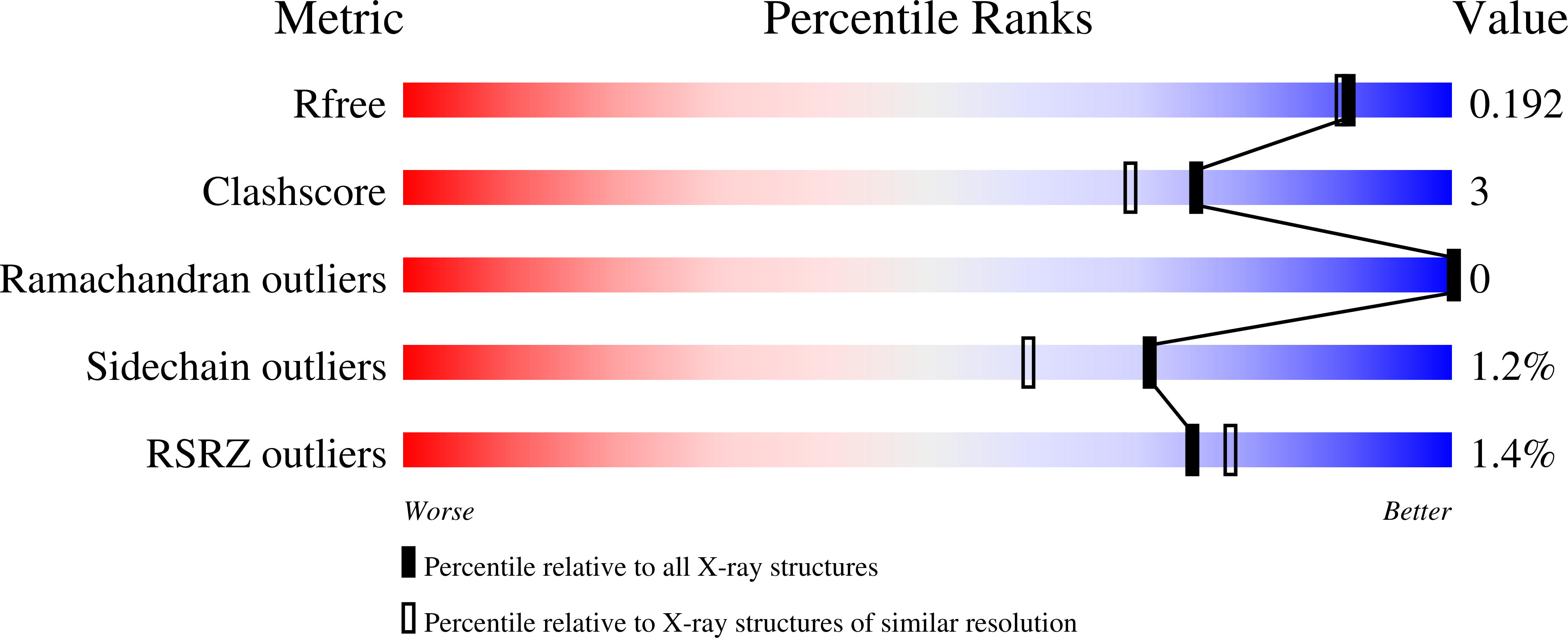
Deposition Date
2002-08-21
Release Date
2002-12-18
Last Version Date
2023-10-25
Entry Detail
PDB ID:
1MI4
Keywords:
Title:
Glyphosate insensitive G96A mutant EPSP synthase liganded with shikimate-3-phosphate
Biological Source:
Source Organism:
Escherichia coli (Taxon ID: 562)
Host Organism:
Method Details:
Experimental Method:
Resolution:
1.70 Å
R-Value Free:
0.19
R-Value Work:
0.15
R-Value Observed:
0.15
Space Group:
P 21 21 21


